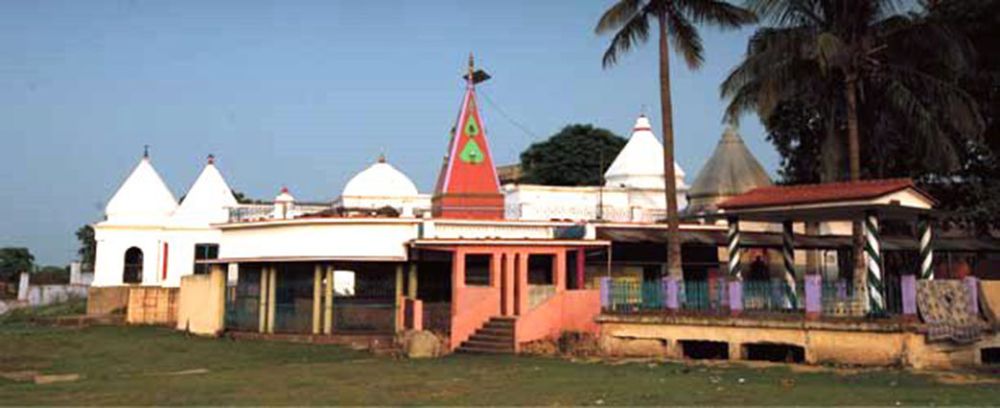

Located in the heart of Munger, Bihar, Chandika Asthan is one of the most sacred and ancient temples dedicated to Goddess Kali. The temple is one of the fifty-one Shakti Peethas situated across the Indian subcontinent, which are significant shrines and pilgrimage destinations for Shaktism. The history of tourism at Chandika Asthan is intricately tied to the religious and cultural significance of the area.
The lore of Chandika Asthan dates back to the time of the epic Mahabharata when it is believed the "right eye" of Sati (the consort of Lord Shiva) fell in this location following the mythical incidence of the cosmic dance of Shiva carrying Sati's body. This event marked it as a potent center of female spiritual energy, and it has since attracted pilgrims from all over to offer their respects, seek blessings, and witness the powerful spiritual aura of the place.
In earlier times, pilgrims would travel by foot or horseback to reach Chandika Asthan, with the journey itself being considered as much a part of the pilgrimage as the destination. Over time, as infrastructure improved, the pilgrimage became more accessible and led to an increase in the number of visitors. The establishment of railways and better roadways further facilitated religious tourism, making Chandika Asthan reachable not just for local devotees but also for those coming from distant parts of India.
As tourism rose in prominence, the local community and the state government of Bihar took initiatives to accommodate the growing influx of tourists. The establishment of guest houses, improvement in the local facilities like eateries, clean drinking water, and the ensuring of safety have been ongoing to enhance the visitor experience.
In recent years, there has been a concerted effort to promote religious tourism in Bihar. The trend includes not only improving existing infrastructure around religious sites but also leveraging digital technology to offer better information and services. The Bihar Tourism Board’s focus has been on highlighting places like Chandika Asthan in their campaigns, creating broader awareness amongst potential spiritual tourists.
Moreover, eco-tourism and sustainable tourism practices have been gaining traction in the region. Visitors are encouraged to respect the sacred site and its surroundings, maintaining cleanliness and supporting the local economy by purchasing local handicrafts and participating in community-based tourism endeavors.
An essential part of the tourist attraction to Chandika Asthan is the celebration of festivals like Navaratri, which sees a massive increase in the number of pilgrims visiting the shrine. During these times, the temple vicinity buzzes with cultural activities and rituals that provide a deeply immersive experience for the tourists.
The history of tourism at Chandika Asthan, Munger, is an ever-evolving journey. With the temple's profound religious roots and the growing interest in spiritual tourism, the site continues to draw visitors from all walks of life. The blend of ancient lore, cultural heritage, and modern tourism trends ensures that Chandika Asthan remains a premier destination for those seeking spiritual fulfillment in the heart of Bihar.